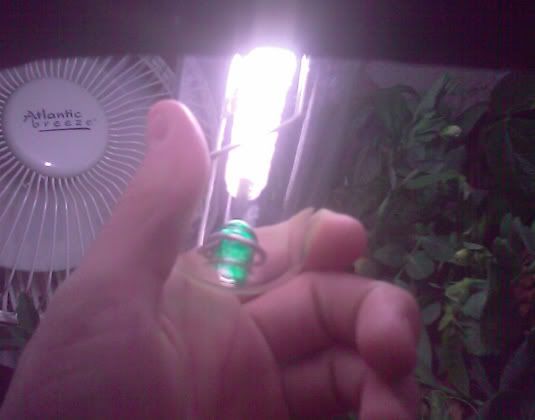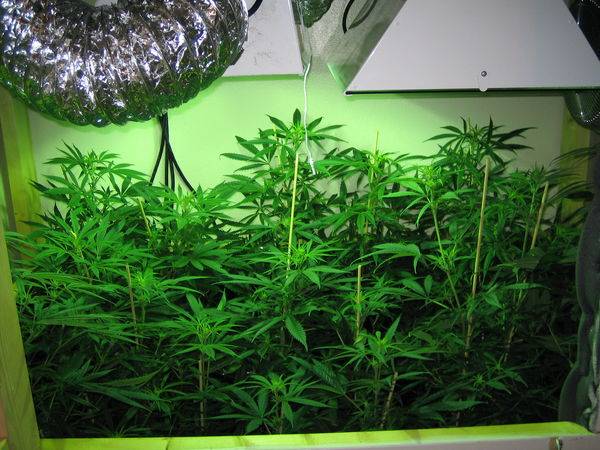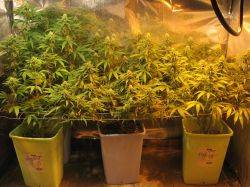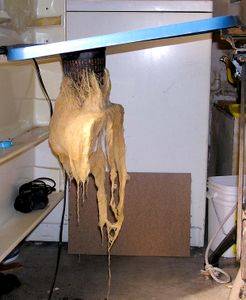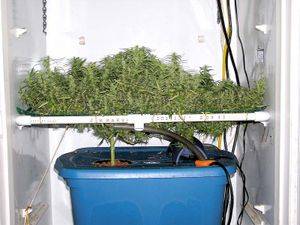mondragonlloyd
Member


 Confused! Just getting my grow room set for hydroplon,went down and bought the lab,my babies are in the nutes,doing good.I have a 400watt ballast and bulb,so what are the suggestions about which hood to purchase. KINDA LOW IN FUNDS.
Confused! Just getting my grow room set for hydroplon,went down and bought the lab,my babies are in the nutes,doing good.I have a 400watt ballast and bulb,so what are the suggestions about which hood to purchase. KINDA LOW IN FUNDS.



 .
.
